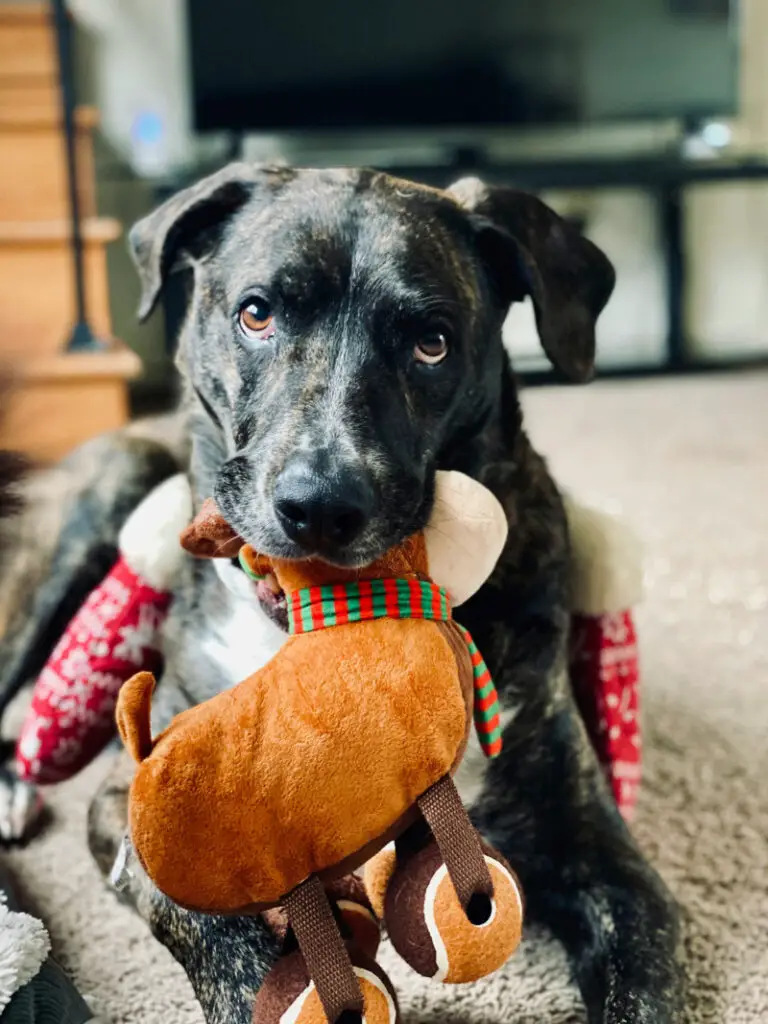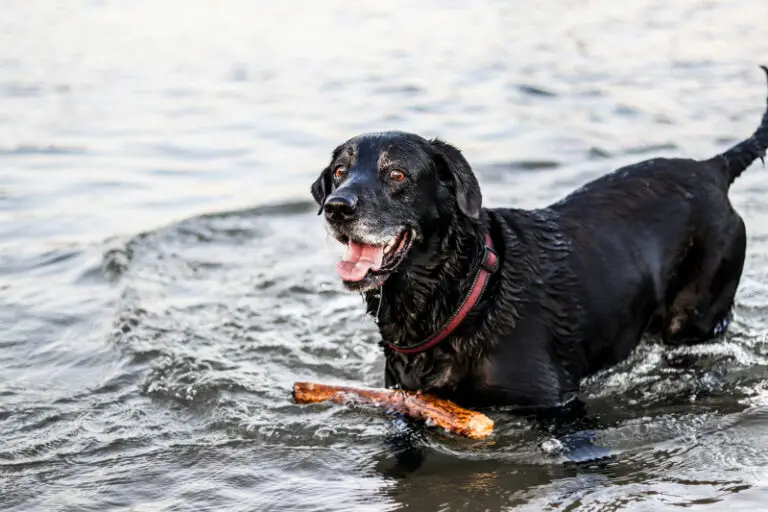Worried about the appearance of warts on your dog’s body? Although it is not usually considered a serious symptom, it is important to understand where it is coming from and never leave it unattended. Warts in dogs, also called viral papillomas or fibro-papillomas, are benign skin tumors caused by the spread of a virus.
Keep reading below to find out what it is, where warts can appear on the body, what other symptoms are usually present, what you can do to prevent them, and what remedies can help you treat them.
Note: During the writing of this article, different sources specialized in veterinary medicine were consulted, such as the Merck Veterinary Manual digital platform and the PetMD website, among others.
Table of Contents
What is the virus that causes warts in dogs? How is it spread?
Warts in dogs are caused by the canine papillomavirus, which, it should be noted, is a different virus than the one that causes warts in humans. Canine papilloma is highly contagious among dogs; It is transmitted through direct contact with the warts of an infected dog, or direct contact with the virus in the dog’s environment (toys, bed, food container, etc).
Typically, the pet will only contract the virus if its skin is broken, its immune system is compromised, or it is not mature enough. This explains why puppies and young dogs are more prone to warts compared to adult dogs.
Despite being highly contagious, the virus requires broken skin to cause infection; this will not be possible if the skin is completely healthy.
Is there only one type of canine papilloma?
No. Many different strains of this virus have been identified so far, and each type tends to cause a particular form of the disease; for example, some cause warts on dogs’ mouths, while others cause papillomas to grow on the feet.
Once the dog has been infected by a specific type of papilloma, it will be immune to that strain, but not to others.
An important fact to keep in mind is that the canine papillomavirus can live in the environment for weeks, so if a dog with warts leaves the virus in a certain area, there is a high probability that another dog will catch it if stay or play in that area.
What are these warts and what do they look like?
As an owner, you must know how to recognize when it may be a papilloma, and when it seems to be another disease.
Viral warts are tumors or growths that grow on the surface of the skin. They can be round and well defined, but in most cases, they appear in groups or clusters, rather than a solitary growth. They usually feel bumpy to the touch, similar to the texture of cauliflower.
In young dogs, they most often appear on the lips or muzzle, but can also appear between the fingers, the eyelids, the surface of the eye, or near the genitals. The truth is that they can develop almost anywhere on the skin.
What other symptoms may be present?
Now, although the unsightly appearance of papillomas can steal all your attention, there are other symptoms and drawbacks to be aware of. Many warts are known to be painless, but some can become a real nuisance.
For example, warts that grow in the mouth can interfere with a dog’s ability to drink, swallow, or chew normally, as well as cause drooling.
When they grow between the toes and paw pads, the pet may experience discomfort when walking (limp), or worse, may try to lick and bite them, leading to pain, bleeding, and/or a secondary infection.
The incubation period for the canine papillomavirus varies from 1 to 2 months, hence the dog only begins to show symptoms after that time has passed.
4 home remedies for Papillomas in dogs
If you’ve been wondering “how to get rid of my dog’s warts with home remedies,” the first thing to know is that papillomas usually go away on their own over the course of a few months as the dog develops immunity against the virus. virus.
However, there are some remedies that serve to combat warts and reduce their growth.
Note: None of these recommendations will make warts disappear like magic. The main objective will be to strengthen your dog’s defenses to put the virus in check, in less time.
Before using any anti-wart remedy, be sure to visit your vet for a specialized diagnosis. The veterinarian can determine if it is a condition of a viral nature or a more serious condition that requires medical intervention (squamous cell carcinoma, venereal tumors, sebaceous adenomas, or adenocarcinomas).
Recommended: 11 Types of Tumors, Lumps, and Cysts Common in Dogs
1. Vitamin C
Warts usually go away faster when the dog’s immune system is working properly. That is why it is recommended to raise your defenses with a vitamin C supplement. Add vitamin C (powdered or crushed) to your pet’s food, or use it as a topical treatment.
Your vet can advise you on the most appropriate dose.
2. Vitamin A
This is another vitamin with antioxidant action that promotes immune function and helps fight numerous infections, including canine papillomavirus. It is recommended to supplement the dog with an oral vitamin A supplement.
3. Vitamin E and castor oil
Both vitamin E oil and castor oil can be very beneficial in slowing the growth of warts. Apply a mixture of vitamin E and castor oil to your dog’s warts, making sure to impregnate them well and massage them.
Repeat two or three times a day, for 2 or 3 weeks. This helps soften papillomas, reduces irritation in the area, and favors their progressive disappearance.
4. Thuya Granules
This well-known remedy in traditional homeopathic medicine is used as a complementary treatment in cases of infectious diseases. It is said to have some effectiveness against warts, papilloma, and condylomas.
To treat warts in dogs, it is recommended to administer 6 to 10 granules daily orally, 20 minutes before meals. They should be placed and held directly in the dog’s mouth so that they can be absorbed by its mucous membranes. Repeat the process every day for 1 week.
Suggestion:
If your dog won’t stop licking or picking at his warts while you’re treating him, you can use an Elizabethan collar to stop him. Irritation and excessive licking will make the papillomas take longer to heal and disappear.
If you notice that your dog’s condition does not improve after a few months, that it has large clusters of warts or that the presence of these seems to affect its normal development, go to the vet. Some cases of papillomas can only be resolved through specialized medical treatment.
How to cure warts? Is there any medical treatment?
Yes. When the warts are ulcerated, infected, cause pain or hinder the development of the pet, the veterinarian usually recommends their removal. They can be removed surgically (cutting them out), cryogenically (freezing them), laser ablation, or electrosurgery/electrocautery (burning them off).
When warts show active signs of infection, a course of antibiotics may also be indicated. Although these papillomas are caused by a virus, antibiotics have been found to stimulate their remission in some cases. Azithromycin is a commonly prescribed antibiotic for warts in dogs.



